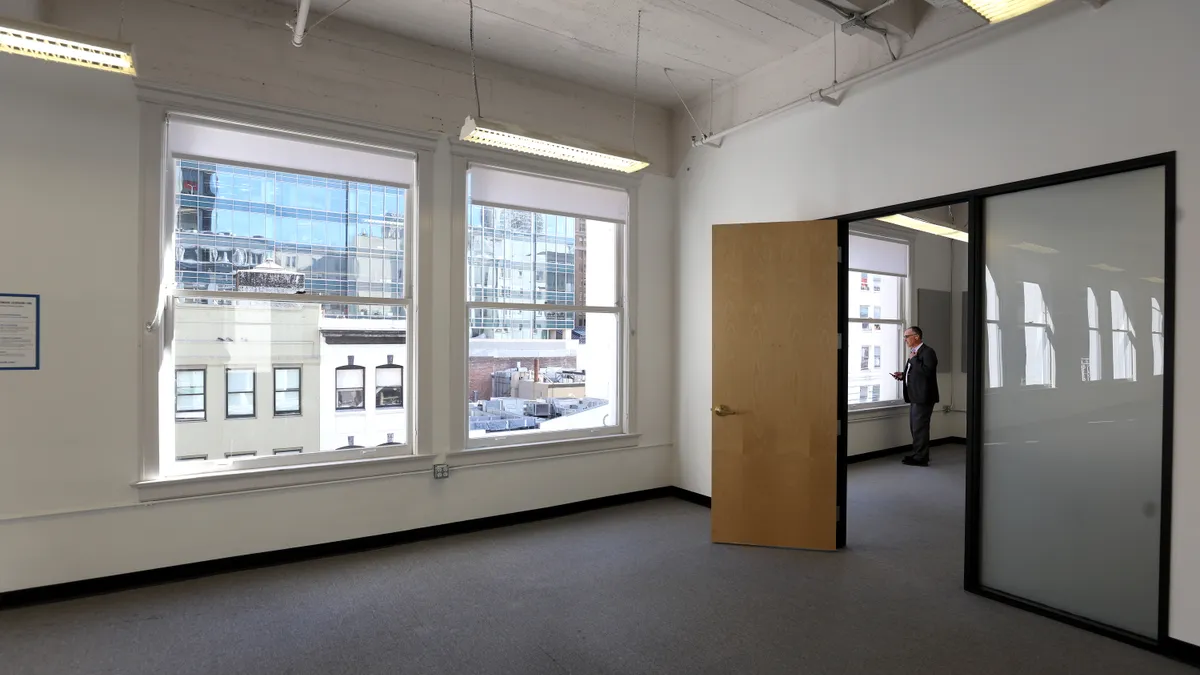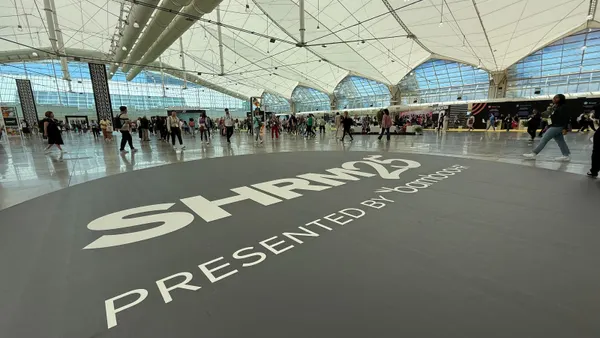Dive Brief:
- Forcing workers who want to stay remote back into the office is creating a retention problem, according to most HR professionals who responded to a survey NORC at the University of Chicago conducted late last year and recently released. Fifty-four percent of respondents said it was a “minor problem” and 19% called it a “major problem.” Only about one-quarter said it was not a problem.
- NORC released the results of an employee survey at the same time, revealing that hybrid and remote workers aren’t very interested in incentives like social events and COVID-19 safety protocols; rather, they’d be more satisfied and work in person more often if they were paid more to do it. Commuter benefits were also a popular incentive.
- While HR respondents said most workers were unhappy, uncomfortable, or simply neutral about return-to-office policies, only 13% said their company had introduced any new policies or incentives to ease the transition. Among that group, 4% said they’d begun paying more for in-office work, making it one of the least-adopted policies.
Dive Insight:
As is a common experience for HR pros, the NORC surveys point toward the department being heavily in touch with employee sentiment, but stymied when it comes to company decision-making. While they registered the challenges caused by mandatory RTO policies, fewer than half of respondents said their HR departments created the policies.
NORC is not the first to find that RTO policies are making workers unhappy; an Owl Labs survey conducted in June found that only about one-fifth of employees prefer working in the office full time, although two-thirds of respondents said they were now required to do so regardless.
Meanwhile, those still without RTO plans are holding fast to their home offices. Nearly half of respondents to an Integrated Benefits Institute survey released in August said they’d quit if forced to return to the office full time. Given that the push for RTO is only increasing, time may tell whether employers call workers’ bluff, workplaces relax their anticipated demands, or another trend of resignations ensues.
The unhappiness wrought by RTO policies may be feeding in to a more general cloudiness in employee mood. Employee satisfaction has been on the decline since 2020, BambooHR recently found, with the greatest dip occurring from 2022 to 2023. That dip aligns with dampening investment in employee experience, according to Forrester.
Workers say more cash — whether as an incentive for in-person work or a means of fulfillment — would make them happier. The good news for them is that employers seem to be adjusting to the higher median raises that began to appear in the past few years.












